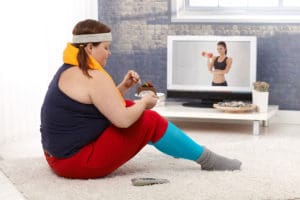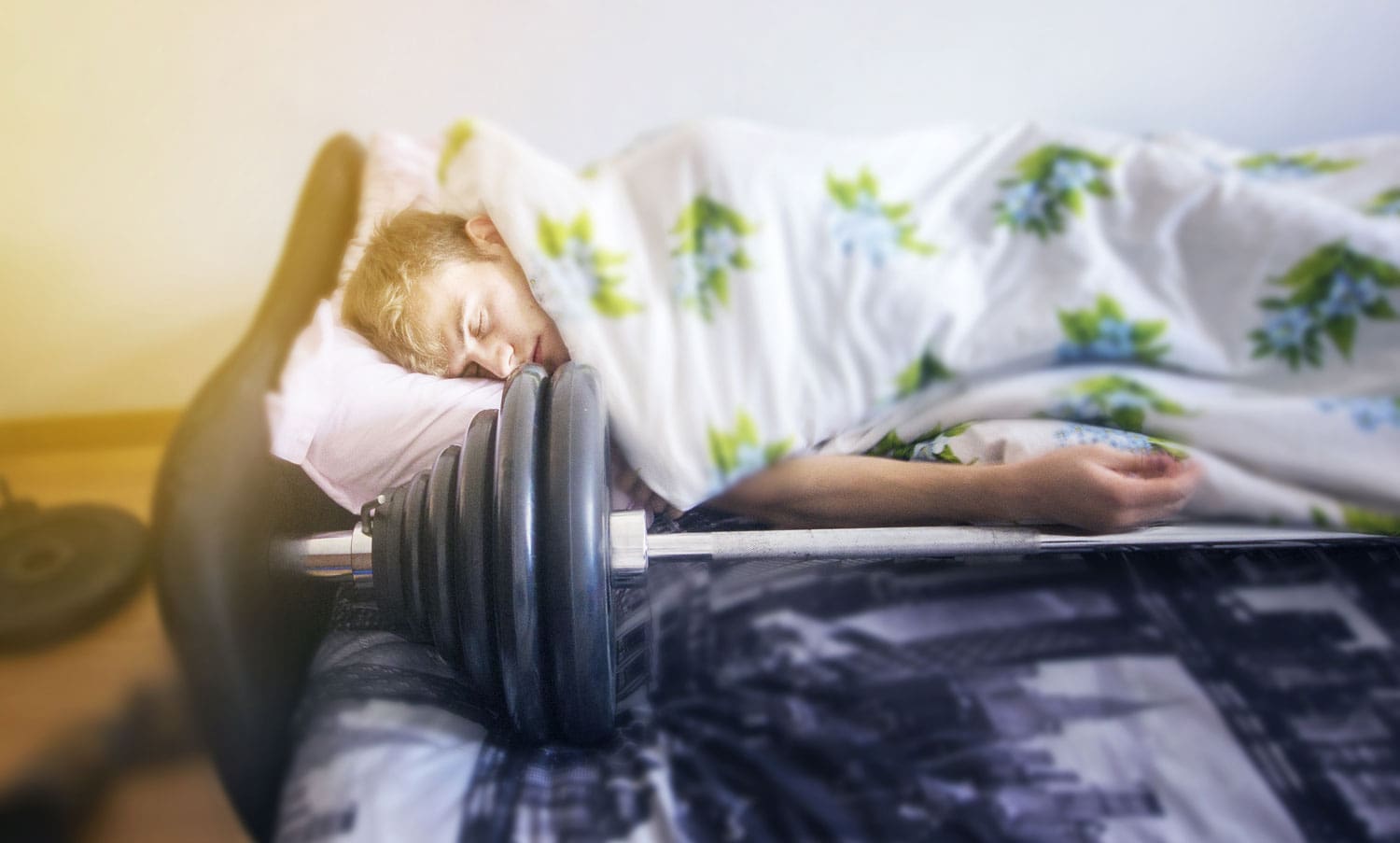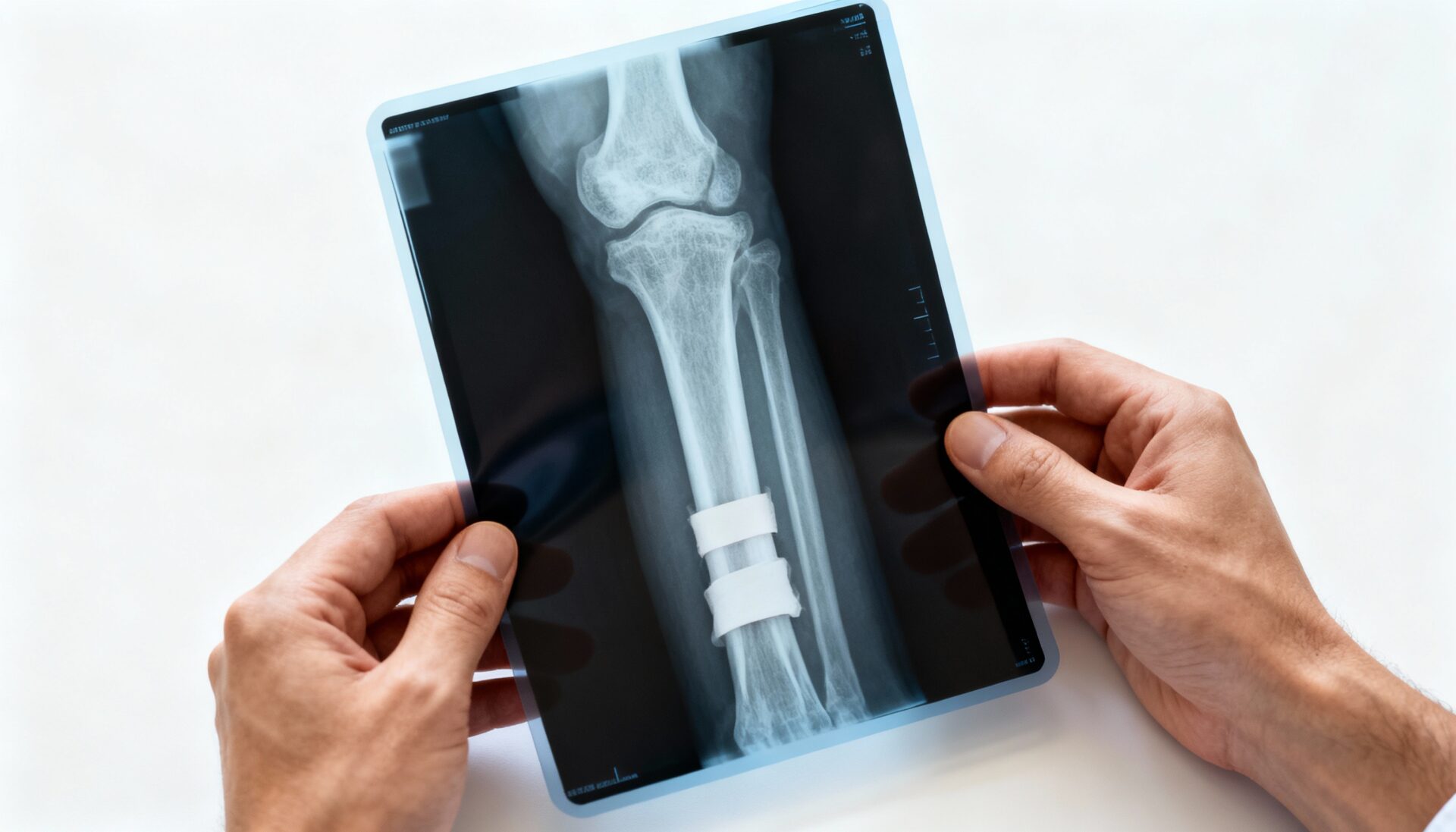By Dr. Tom Fisher
Obesity appears to be an on-going problem in American lifestyle. Diet and exercise are the usual recommendations to address the consequences. Yet, most Americans seem to have trouble starting. Even those who are able to get started have difficulty following through. We continue to do things that are “bad” for us. And we’re slow to embrace things that may be “good” for us. Despite overwhelming evidence that continues to support benefits of exercise & diet, Americans remain, for the most part, unchanged.
Americans are notorious for being short-term hedonists. We want it all, and we want it now, and frankly, we don’t really want to exert ourselves to get it. Infomercials tend to feed the flames of false hope and unrealistic expectation by promising instant results with little or no effort (be sure to act now for free shipping…!). Because I wear several “hats” in my various roles as an Editor-in-Chief, a Clinical Director, and a University Lecturer, I’m often asked to switch hats when engaged in problem solving. As we begin to talk about changes in Life, keep in mind that there are psychological and physiological considerations. I’ll briefly address both, but with an emphasis on the “shrink” side.
Lifestyle
“Lifestyle” is a generic umbrella term used to describe approach, perspective, attitude, philosophy, outlook and level of engagement an individual has toward Life and the process of living. It implies more than mere existence. It includes levels of social interaction, risk taking, sense of adventure, willingness to accept challenges, and sense of curiosity. The French call it “joie de vivre”, or the “joy of life.” Because this is a generic term, it is important to qualify the type of Lifestyle being discussed. It is important to compare and contrast a healthy from an unhealthy way of life. Ultimately, it is not the choices offered that define the quality (and, perhaps, quantity) of life. Rather, it’s the useful or useless decisions made from the choices offered that count.
Decisions
Television, social media, magazines and advertisers are constantly offering hints, techniques, tips, strategies, and tactics to help us lead a healthier Lifestyle. Although “lack of education” is not a valid excuse to maintain self-destructive behaviors, education continues to be the  “solution” most often suggested. Psychologically, the process of “education” often gives people the false impression that they are doing something substantive about their diet & exercise situation without physically doing anything. Studying, watching videos, reading books, and “getting ready to get ready” do little in terms of change, but offer the vague impression of making progress.
“solution” most often suggested. Psychologically, the process of “education” often gives people the false impression that they are doing something substantive about their diet & exercise situation without physically doing anything. Studying, watching videos, reading books, and “getting ready to get ready” do little in terms of change, but offer the vague impression of making progress.
Despite all of the evidence obtained from repeated research supporting the benefits of healthier living, the message appears to be falling upon deaf ears. Too many people continue to suffer from the self-inflicted wounds of disease and illness. The argument is often made that this is a “free country”. People are, therefore, “free” to make foolish and unwise decisions. Some courageous individuals eventually “see the light” and do make Lifestyle adjustments. However, often the changes are made only after considerable damage has been done. Sadly, the “free” decision is made in the face of impending medical catastrophe.
Quantity or Quality
This brings up an interesting, but time-worn discussion. There are two major components to a Lifestyle: quantity of life and quality of life. If you’re offered the choice between the two, the decision may be difficult.
Quantity of life appears to be a fairly straightforward concept. Quantity refers to the length of time spent alive. This may be evaluated in any number of time-based measures (hours, days, weeks, months, or years). It’s a simple calculation of time spent on earth. If only given this option, most people would probably prefer a long life to a short one.
Quality of life is a bit more difficult to define. Because “quality” is a subjective term, individuals may define “quality of life quite differently. “Quality” is often thought of in terms of activity, vitality, awareness, involvement, association, productivity, consumption, contribution and independence. Our lexicon seems to join in this discussion. Sayings such as “Live hard, die young” or “Don’t burn the candle at both ends” seem to support both quality and quantity. Which is “correct?” Remember, this is a free country and we are generally free to be foolish and self-destructive.
Intentions
The discussion of the physiological implications of poor Lifestyle decisions could fill several text volumes. The reasons that people might consider an intention to make changes are as varied as the people who create them. It is usually entirely unique to the individual and difficult to determine. Genetics may be involved in weight gain and obesity, but it is certainly not the only, or even the most important factor. The reasons that influence starting an exercise program are likely to differ from the reasons that influence maintenance. It’s unfortunate that those who could reap the greatest health benefits from regular physical activity are those who are least likely to adopt or maintain a program.







































